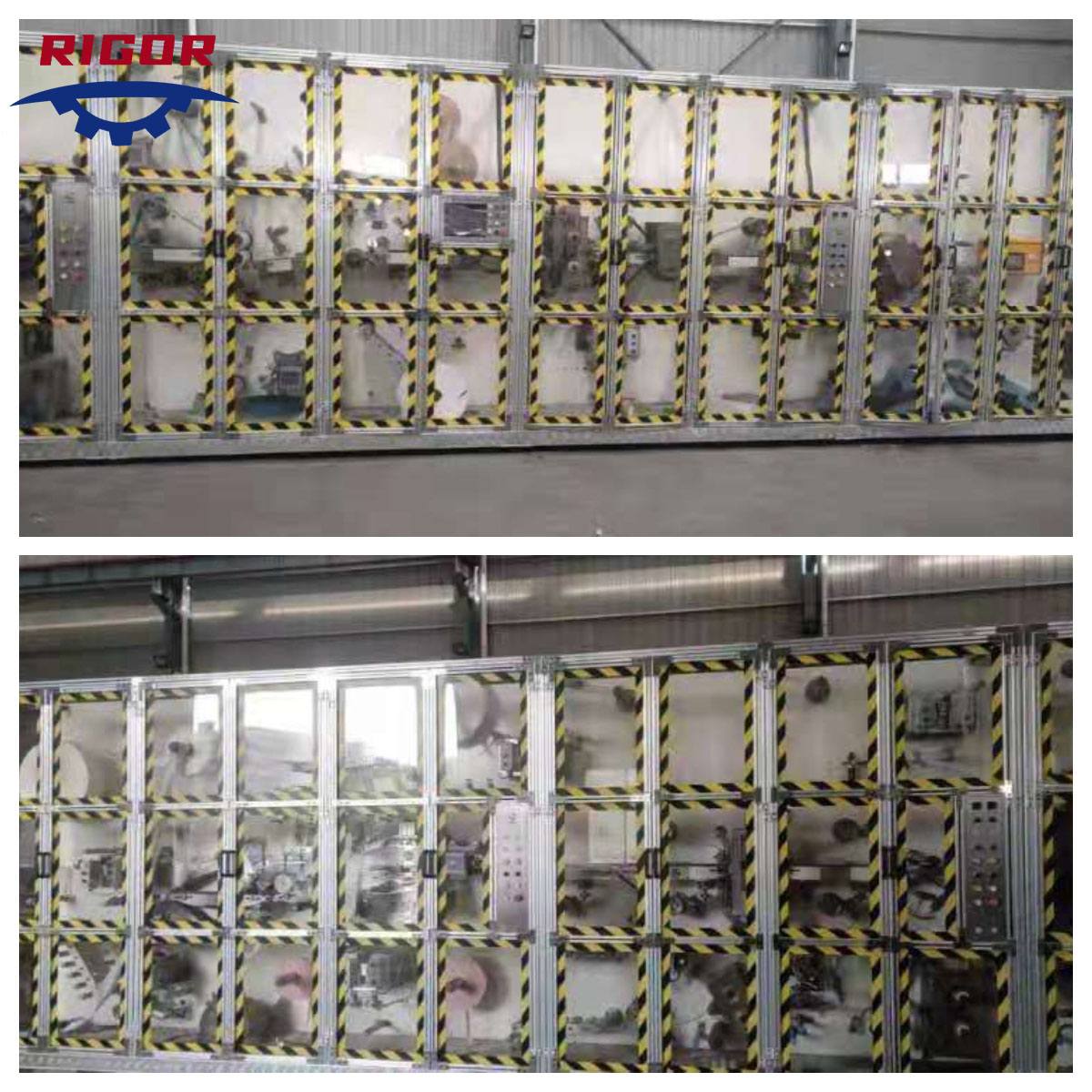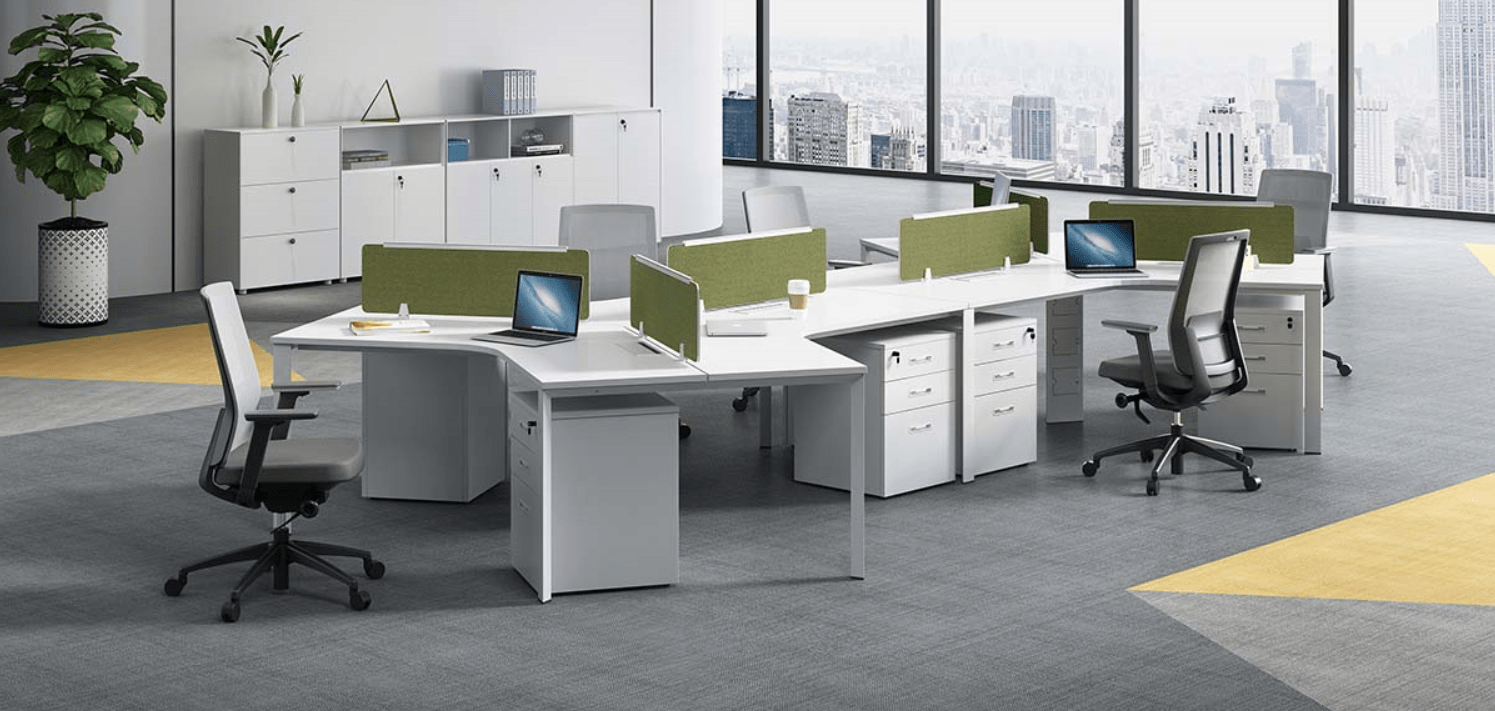In the napkin-making process, especially for sanitary napkins, moisture absorption is a crucial function for effective performance.
Several methods are employed to enhance moisture absorption:
- Absorbent Core Construction: The absorbent core of sanitary napkins typically comprises materials like fluff pulp and superabsorbent polymers (SAP). Fluff pulp provides initial absorption by wicking moisture away from the body, while SAPs can hold many times their weight in liquid, locking it away to keep the surface dry.
- Layering Techniques: Layering different materials within the napkin allows for efficient moisture absorption. The layers may include topsheets that quickly pull moisture away from the body and distribute it into the core, where SAPs retain the liquid.
- Distribution Layer Design: The distribution layer between the topsheet and the absorbent core helps evenly distribute the liquid throughout the core, maximizing its absorption capacity.
- Surface Materials: Topsheets are often made of non-woven materials designed to be breathable yet hydrophilic, napkin making machine allowing moisture to pass through quickly while keeping the surface dry.
- Embossing or Channeling: Some napkins incorporate embossed patterns or channeling within the absorbent core to increase its surface area, enhancing absorption efficiency.
- Additives and Enhancements: Manufacturers may use additives like natural fibers, chemical treatments, or functional finishes to improve the moisture-wicking properties of materials used in the napkin.
- High-Performance Materials: Advancements in material technology have introduced high-performance fibers and fabrics with superior moisture management properties, enhancing the napkin’s overall absorbency.
- Quality Control Checks: Continuous quality control measures during production ensure that materials are properly layered, positioned, and compressed for optimal moisture absorption.
These methods collectively contribute to the efficient moisture absorption capabilities of sanitary napkins, providing comfort and dryness to the user while maintaining the napkin’s performance throughout use.
How does the machine handle the addition of fragrance or lotion in the napkin?
The addition of fragrance or lotion in sanitary napkins involves specific processes within the napkin-making machine:
- Material Preparation: Fragrance or lotion is typically added to specific layers of the napkin, often integrated into the absorbent core or top layers. These materials are prepared and stored separately before integration into the production process.
- Application Systems: Specialized application systems within the machine are designed to incorporate fragrance or lotion into the napkin materials. These systems may include spraying, printing, or infusing mechanisms.
- Spraying Method: Fragrance or lotion can be sprayed onto the surface or layers of the napkin materials using precise spraying nozzles or systems. This ensures even distribution of the fragrance or lotion across the material.
- Printing Techniques: Some machines utilize printing technologies that apply fragrance or lotion in controlled patterns or concentrations onto specific areas of the napkin.
- Infusion or Coating: For lotions, the napkin materials may pass through rollers or applicators that infuse or coat the materials with the lotion before assembly.
- Controlled Dosage: Machines have mechanisms to control the dosage or concentration of fragrance or lotion applied to the napkin, ensuring consistency and adherence to product specifications.
- Timing and Integration: Fragrance or lotion application is synchronized with the napkin assembly process to ensure that these elements are integrated at the appropriate stage of production.
- Quality Checks: Automated systems or visual inspections are employed to verify the uniformity and correct application of fragrance or lotion on the napkin materials.
- Customization Capabilities: Machines are often adjustable to accommodate variations in fragrance types, strengths, or lotion formulations based on product requirements or consumer preferences.
By incorporating these specialized processes and mechanisms, napkin-making machines effectively handle the addition of fragrance or lotion, providing enhanced comfort and a pleasant experience for the user.

